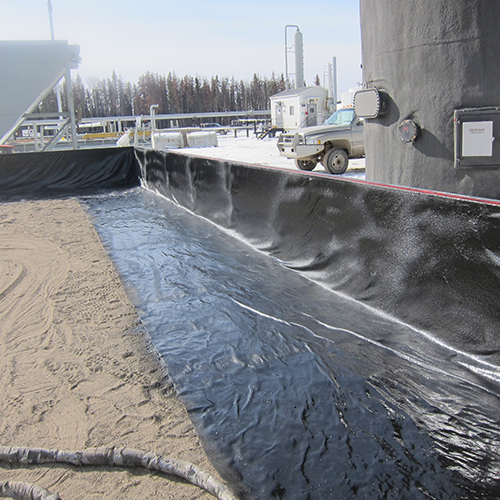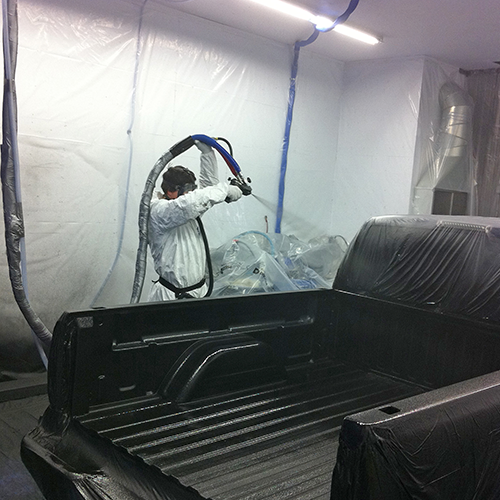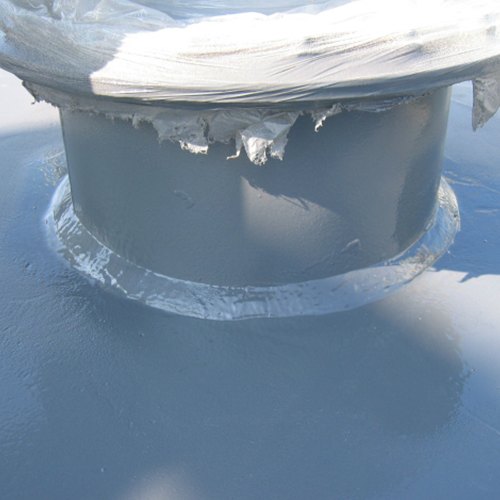Polyurea Basics

Polyurea is a type of elastomer that is derived from the reaction product of an isocyanate component and a synthetic resin blend component through step-growth polymerization.
Polyurea Benefits

Polyurea is a truly remarkable technology and can be used for a wide variaty of applications. Polyurea is commonly applied over concrete and steel for corrosion protection and abrasion resistance.
Markets

Polyurea can be used in a broad range of applications including corrosion protection, containment, membranes, linings and caulk. It can also be used in extreme conditions.
Coating Comparison

The most commonly used coatings today fall under or are hybrids of three basic categories: polyurethanes, polyureas and epoxies. Let’s examine each and see how they stack up.

